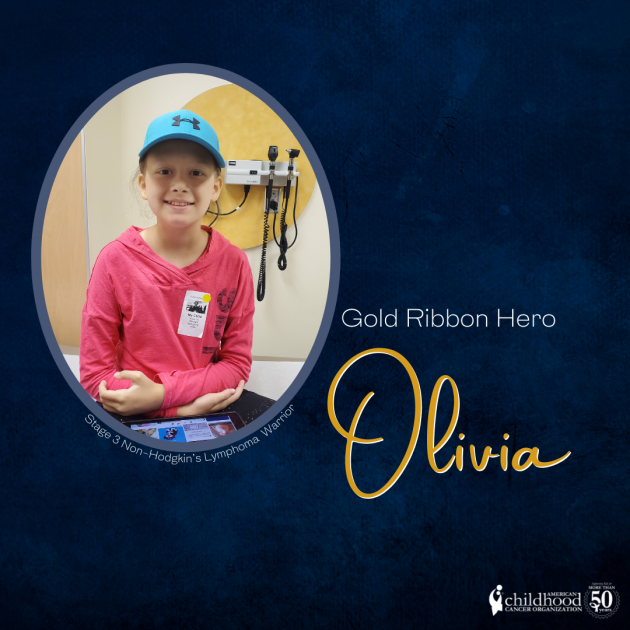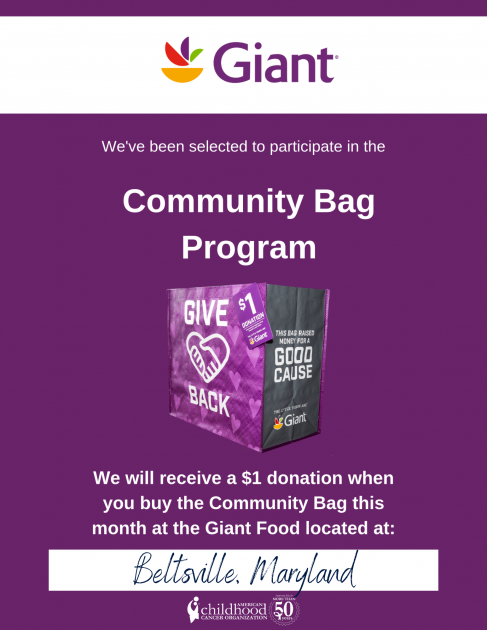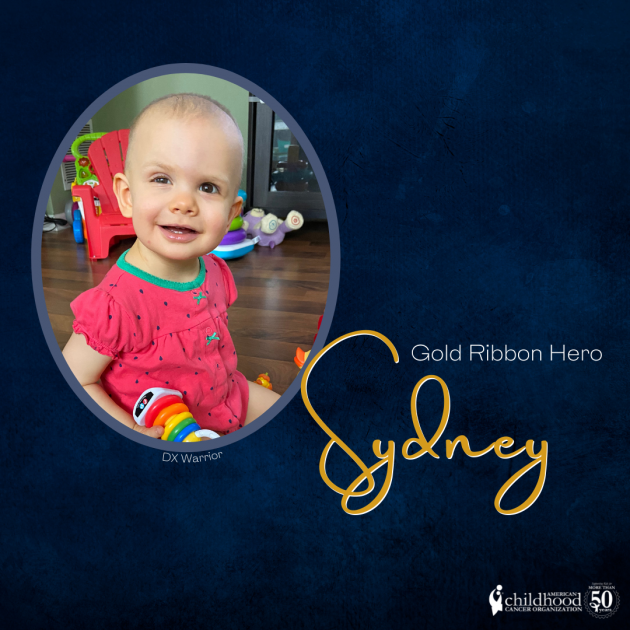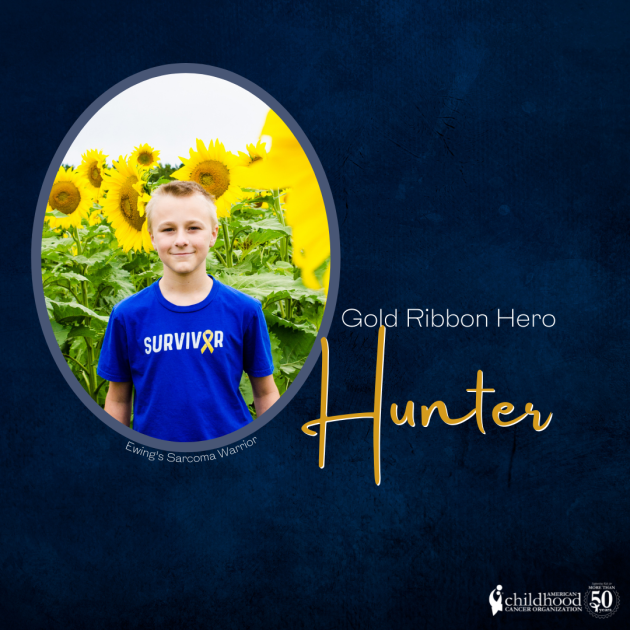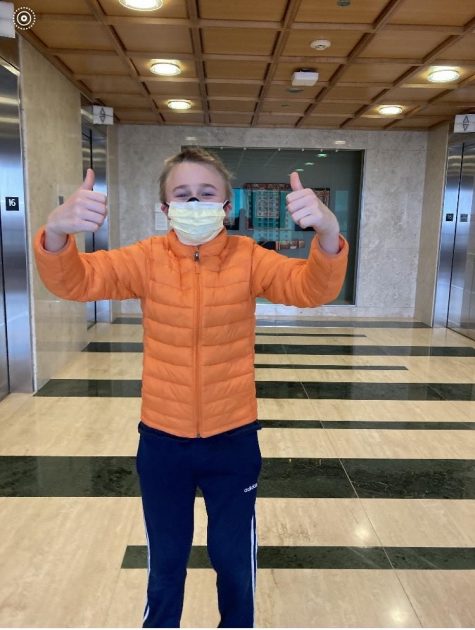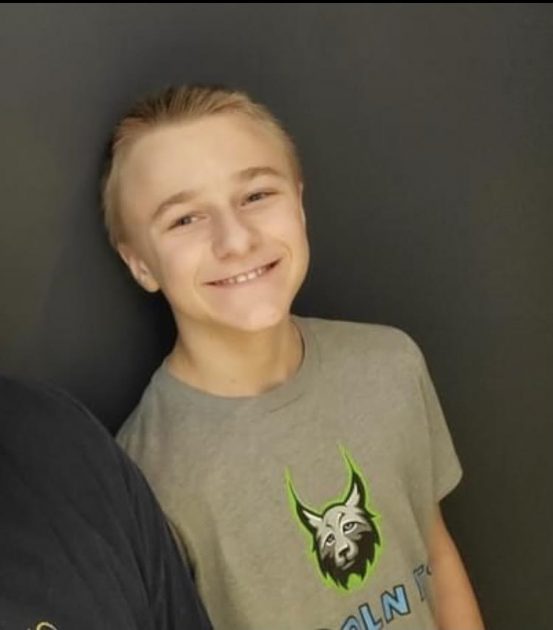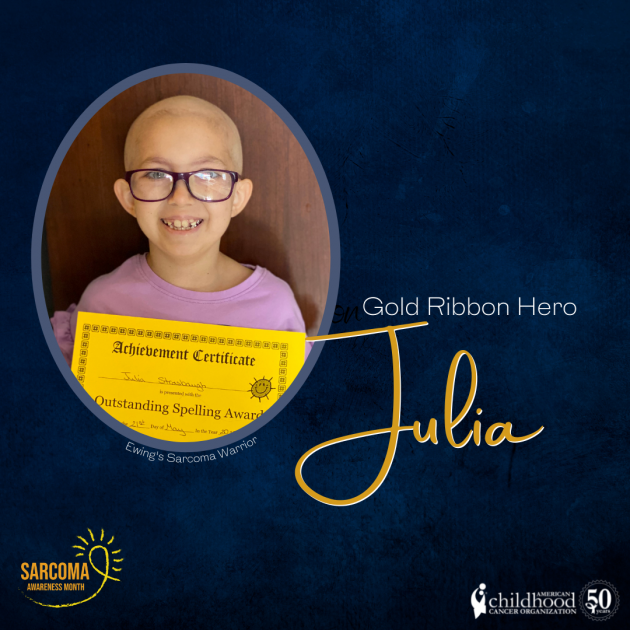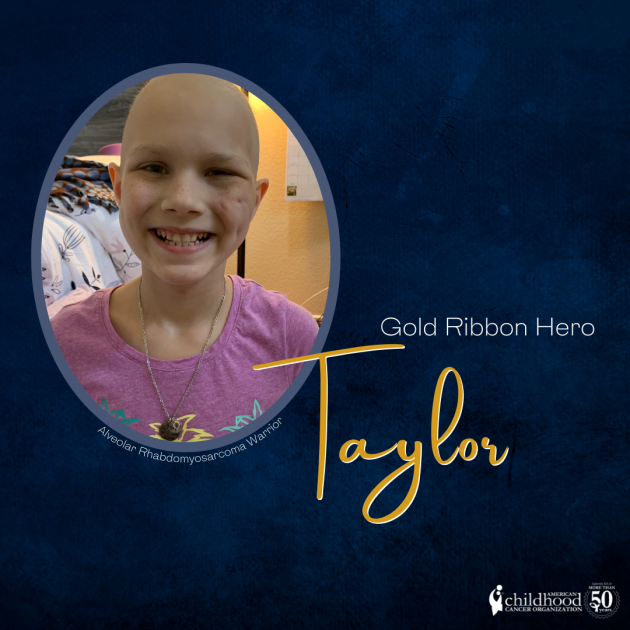Beltsville, MD., August 25, 2021 – The American Childhood Cancer Organization (ACCO) is on a mission to turn social media gold this September by asking the community to post the signature gold square or change their profile picture. ACCO seeks to raise awareness for childhood cancer by families sharing stories of their “why.” The square will be rolled out on social media on Wednesday, August 25, 2021 to build momentum leading into September. 
By turning social media gold, it will increase awareness of childhood cancer issues, create supportive communities for families who are dealing with childhood cancer and raise funds to provide information and support materials for children currently fighting cancer. An official fundraiser has been started to turn social media gold here.
“The gold ribbon is known as the international awareness symbol for childhood cancer because gold is a precious metal, and is therefore the perfect color to reflect the most precious thing in our lives – our children” says Ruth Hoffman, CEO, ACCO.
The signature square is located on ACCO’s “Downloadable Content” page of the website and is available now to share.
About The American Childhood Cancer Organization
The American Childhood Cancer Organization was founded in 1970 by parents of children and adolescents diagnosed with cancer. We’re dedicated to making childhood cancer a national child health priority through shaping policy, supporting research, raising awareness and providing educational resources and innovative programs for children with cancer, survivors and their families. For more information, please visit www.acco.org/donate



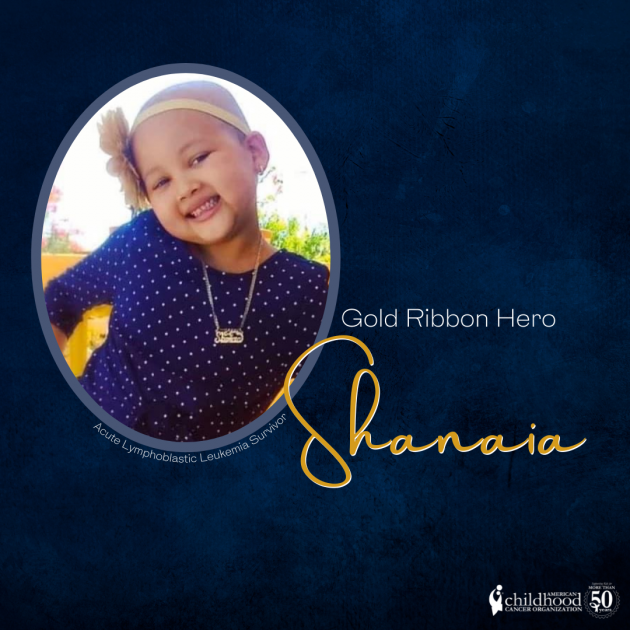
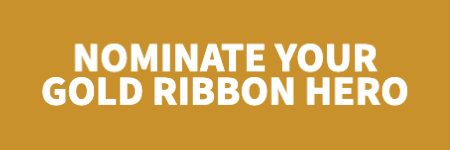

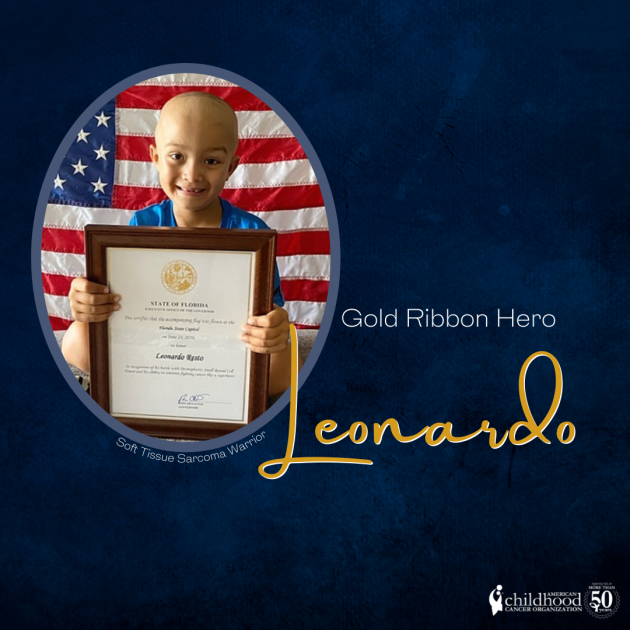
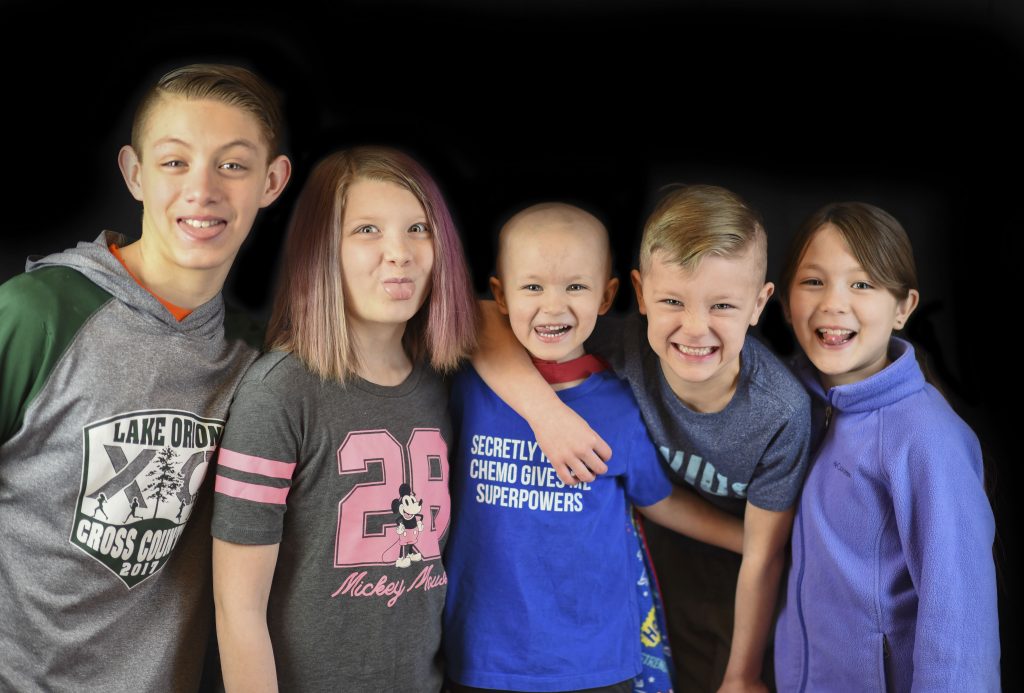 Siblings of children with cancer can feel a lot of stress as family dynamics change. They may not be the ones feeling sick, being poked and prodded, or spending long days and nights in the hospital, but their lives are getting upended, too. Suddenly their sibling can’t play like they used to, their parents aren’t around as much, and they might be scared and confused about what’s happening to their brother or sister.
Siblings of children with cancer can feel a lot of stress as family dynamics change. They may not be the ones feeling sick, being poked and prodded, or spending long days and nights in the hospital, but their lives are getting upended, too. Suddenly their sibling can’t play like they used to, their parents aren’t around as much, and they might be scared and confused about what’s happening to their brother or sister.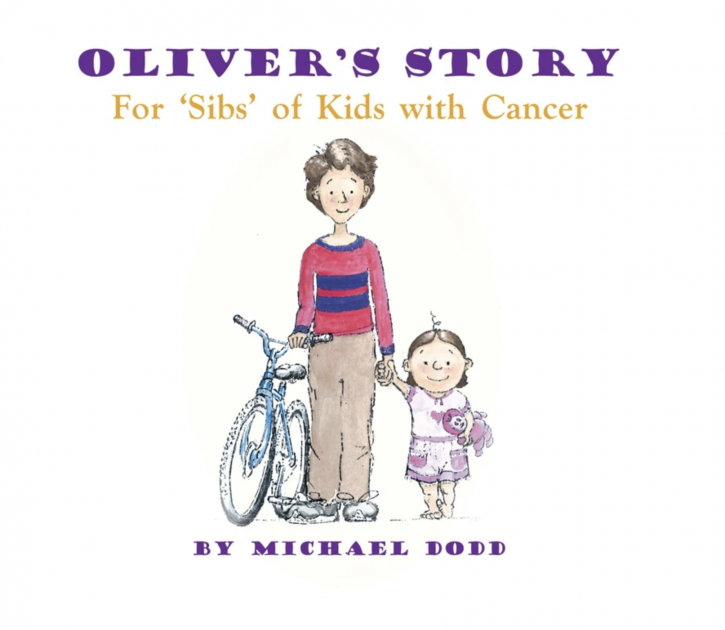 Created for children ages 3 to 8, this 40-page illustrated book addresses the questions siblings may have when their brother or sister is diagnosed with cancer, and offers constructive ways they can give them support. The book is available in English and Spanish. ACCO families can
Created for children ages 3 to 8, this 40-page illustrated book addresses the questions siblings may have when their brother or sister is diagnosed with cancer, and offers constructive ways they can give them support. The book is available in English and Spanish. ACCO families can 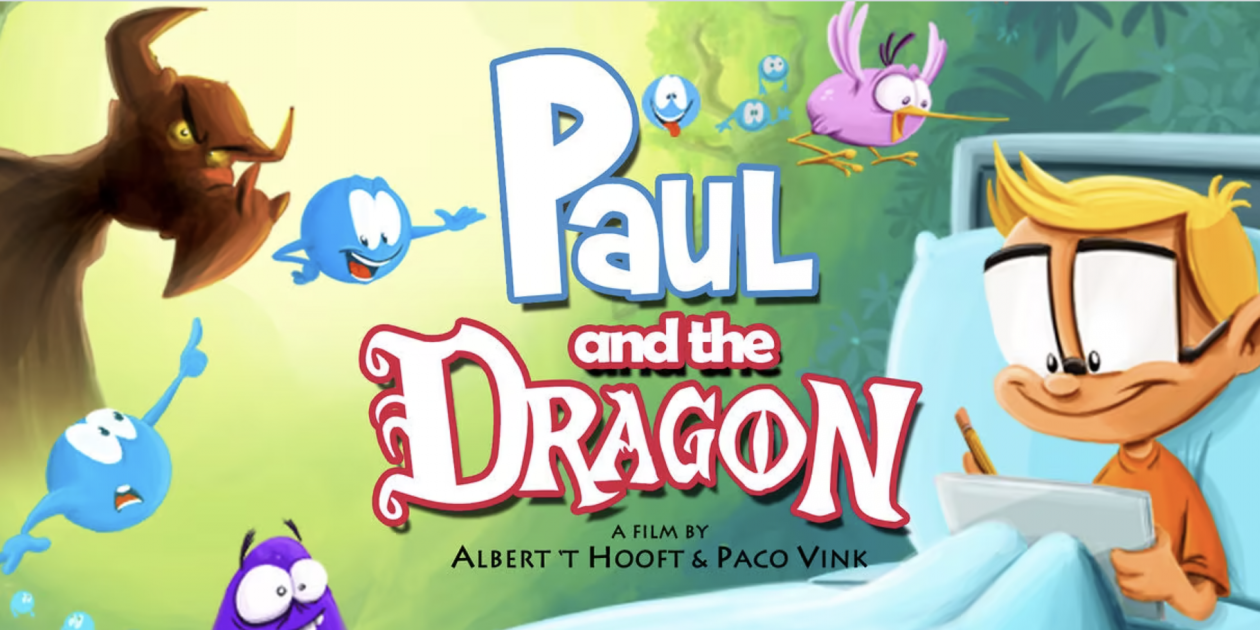 When a child is diagnosed with cancer, they’re thrust into a world of hospitals and doctors, tests and procedures, strange equipment and complex medical terminology. It can be scary and confusing for siblings, too, who might not know what questions they should ask. This 25-minute cartoon of a boy battling an evil cancer-dragon helps explain childhood cancer and its treatment in an entertaining yet truthful way. Families can
When a child is diagnosed with cancer, they’re thrust into a world of hospitals and doctors, tests and procedures, strange equipment and complex medical terminology. It can be scary and confusing for siblings, too, who might not know what questions they should ask. This 25-minute cartoon of a boy battling an evil cancer-dragon helps explain childhood cancer and its treatment in an entertaining yet truthful way. Families can 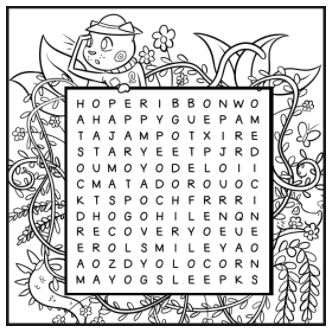
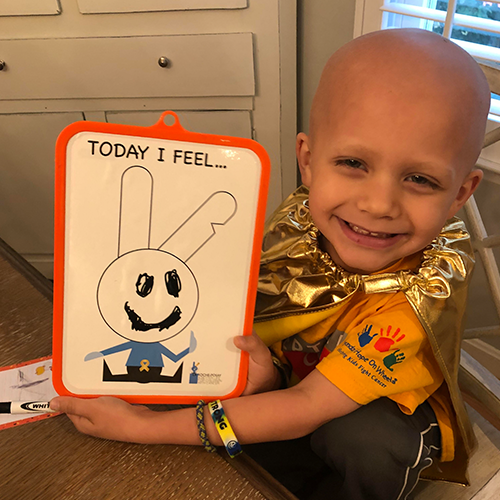 Dealing with childhood cancer in the family brings up tough emotions for everyone. This emotional communication kit, designed for children and parents to use together, helps siblings identify and talk about the range of feelings they experience. Families can
Dealing with childhood cancer in the family brings up tough emotions for everyone. This emotional communication kit, designed for children and parents to use together, helps siblings identify and talk about the range of feelings they experience. Families can 